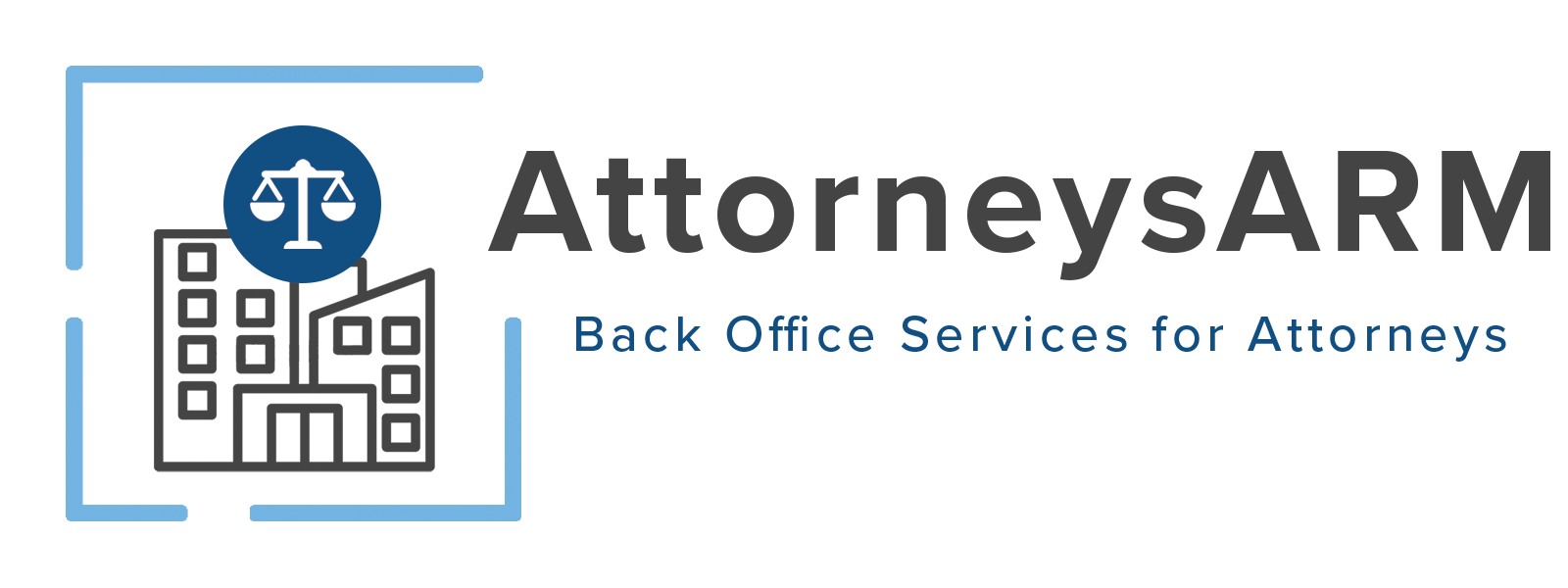Credit Policy Basics: How to Create a Credit Policy for Your Small Business
When a small business decides that they want to offer credit, they usually make this decision so that they can provide their services to more clients. The drawback of providing credit is that it creates a risk for the business. That risk is non-payment. The best possible thing that a small business can do is to create a credit policy.
What Is a Credit Policy?
A credit policy is a document that explains when your business offers credit. In short, it is a walk-through for a business on how it is determined whether a client will receive credit. A small business may want to create two credit policies. Although both will include the same information, one will be shorter and can be given to people who have questions when they are denied credit.
The Essential Components of a Credit Policy
To minimize the risk of default accounts, small businesses should include at least the following essential components into their credit policy.
Use a credit application. That may seem like an extremely formal step and some small business owners think that using an actual credit application may intimidate potential clients. However, it is an absolute must when it comes to protecting their business. The credit application should include an authorization to pull a credit report.
Get a personal guaranty from another business. Providing services for another business is a great way to turn a profit, but if the business goes under, you may not get paid. Depending on how a business is legally structured, a bankruptcy or even just dissolving the business could leave many debts unpaid. Getting a personal guaranty may give you valuable legal remedies.
Learn how to read and analyze a credit report. Even if you’re not looking to become a credit expert, there are some things that you can learn in order to decide if you should extend credit. If a person or a business has little credit, make sure that you ask for and check references. Watch for late payments, unpaid accounts, and their debt to income ratio.
Rely on your accounting software. Some accounting programs, like QuickBooks, can help you determine the appropriate credit line that you should give to a client. One of the best benefits of relying on this feature, if your accounting software has it, is that it is more accurate.
Know how to determine the right credit limit. Depending on whether you’re working with individuals or businesses, you have different factors that you need to consider. For individuals, you need to consider their employment history, their pay, how often they are paid, and their other obligations. With businesses, you should consider factors such as their quarterly and yearly sales, their financial obligations, and whether they are making payments on time to other lenders. To learn more about the factors you should consider, read this in-depth post.
Clients ARM Can Help You Set the Right Credit Limit
There are a lot of considerations that a business make take under advisement when it comes to determining appropriate credit lines. Clients ARM can help. With more than 30 years of experience, we provide Hello Credit Manager. Hello Credit Manager is an innovative service that helps small businesses offer credit to their clients without increasing the risk of non-payment more than necessary. To learn how Clients ARM we can help your business, call us today and set up your free consultation.




